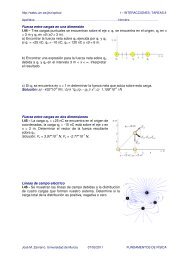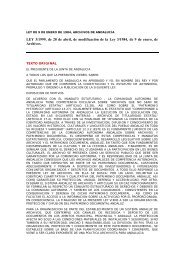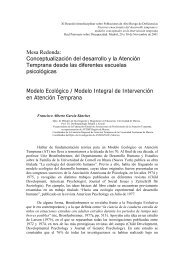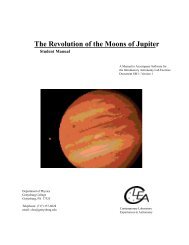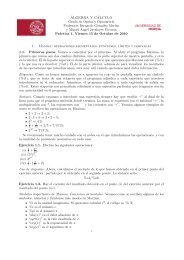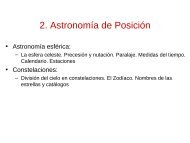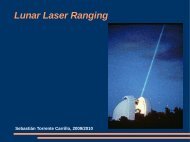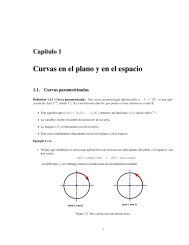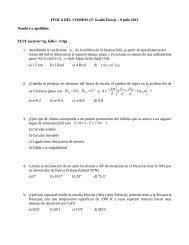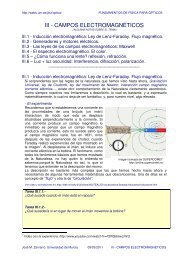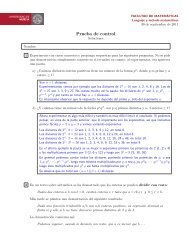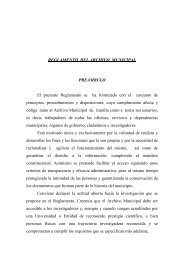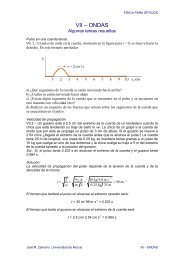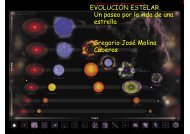AGRICOLA -- Guide to Subject Indexing
AGRICOLA -- Guide to Subject Indexing
AGRICOLA -- Guide to Subject Indexing
Create successful ePaper yourself
Turn your PDF publications into a flip-book with our unique Google optimized e-Paper software.
originating from one country/area are studied in acountry <strong>to</strong> which they have migrated or been imported, donot apply a geographic descrip<strong>to</strong>r for the country oforigin. Apply the geographic descrip<strong>to</strong>r for the countryin which the subjects were studied; indicate theirgeographic or ethnic origin in some other way. E.g., anarticle about food habits of Cubans living in LongIsland would take NEW YORK and ETHNIC GROUPS asdescrip<strong>to</strong>rs. If CUBAN-AMERICANS is not in the title, itcould be used as an identifier. (See section 4.)However, this practice obviously should be applied onlyin the case of living subjects studied in a naturalenvironment. E.g., an article about insect specimenscollected in Ghana and studied in a labora<strong>to</strong>ry atHarvard University would take GHANA, not MASSACHUSETTS,as its geographic descrip<strong>to</strong>r.3.2.16. For plants and animals, the CAB Thesaurus may containdescrip<strong>to</strong>rs for the scientific (Latin) name, the commonname, or both, for the same organism. In applying thesedescrip<strong>to</strong>rs <strong>to</strong> agriculturally related plants andanimals, follow these general guidelines:3.2.16.1. Use the scientific name for plants throughharvesting.3.2.16.2. Use the common name for plants as commodities.3.2.16.3. Use the common name for domestic animals.3.2.16.4. Use the scientific name for pests and pathogens.3.2.16.5. Use the scientific name for wildlife.3.2.16.6. Certain articles may require both scientific andcommon names. Such articles may include, but are not limited<strong>to</strong>, those which emphasize the genetics/breeding of plants andanimals, especially with respect <strong>to</strong> genetic effects on theproducts of these plants and animals. E.g., an articlediscussing the fiber characteristics of cot<strong>to</strong>n produced by thesetwo different species of Gossypium and their hybrids wouldrequire COTTON; GOSSYPIUM HIRSUTUM; and GOSSYPIUM BARBADENSE.3.2.16.7. For scientific names, use the greatest level ofspecificity available in the thesaurus in field 650. This mightbe order, family, genus, or genus and species. If necessary,reflect a greater level of specificity in field 653. (See 4.5.)3.2.16.8. In cases where the use of a scientific name ismandated by these guidelines but is not available in the document athand, it is the responsibility of the indexer <strong>to</strong> seek it out. Often aquick way <strong>to</strong> do so is <strong>to</strong> search the <strong>AGRICOLA</strong> database on CD-ROM.However, common names are highly variable and often very localized.Therefore, if an indexer cannot trace the scientific name at any levelof the taxonomic hierarchy with some degree of certainty within areasonable period of time, it may be necessary <strong>to</strong> use a term such asMEDICINAL PLANTS, RUBBER PLANTS, WEEDS, INSECT PESTS, etc., in field650.3.2.17. Be alert <strong>to</strong> the possible need <strong>to</strong> propose descrip<strong>to</strong>rs foraddition <strong>to</strong> the thesaurus. <strong>Guide</strong>lines and forms forproposing terms are available as an Appendix <strong>to</strong> this <strong>Guide</strong> (AppendixB).10



